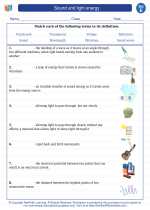Sound and light energy -> states of matter
States of Matter
Introduction
Matter is anything that has mass and takes up space. It exists in three primary states: solid, liquid, and gas. These states can change due to the addition or removal of heat.
Solid
A solid has a definite shape and volume. The particles in a solid are tightly packed and vibrate in place. They have the least amount of energy.
Liquid
A liquid has a definite volume but takes the shape of its container. The particles in a liquid are close together but can move past each other. They have more energy than solids.
Gas
A gas has neither a definite shape nor volume. The particles in a gas are far apart and move freely. They have the most energy among the three states.
Changes of State
When matter changes from one state to another, it undergoes a physical change. For example, when water is heated, it changes from a solid (ice) to a liquid (water) and eventually to a gas (water vapor) as it boils.
Study Guide
- Define matter and its characteristics.
- List and describe the three primary states of matter.
- Explain the behavior of particles in each state of matter.
- Describe the changes of state and provide examples.
- Discuss the concept of energy in relation to the states of matter.
[States Of Matter] Related Worksheets and Study Guides:
.◂Science Worksheets and Study Guides Fifth Grade. Sound and light energy
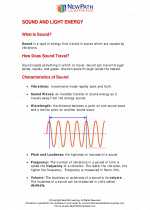
 Activity Lesson
Activity Lesson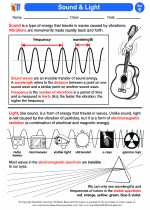
 Worksheet/Answer key
Worksheet/Answer key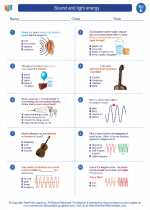
 Worksheet/Answer key
Worksheet/Answer key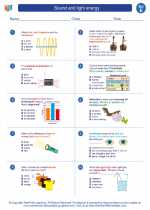
 Worksheet/Answer key
Worksheet/Answer key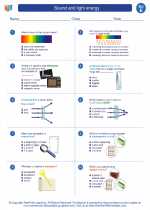
 Worksheet/Answer key
Worksheet/Answer key
 Vocabulary/Answer key
Vocabulary/Answer key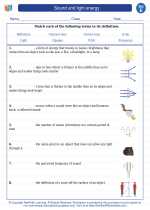
 Vocabulary/Answer key
Vocabulary/Answer key